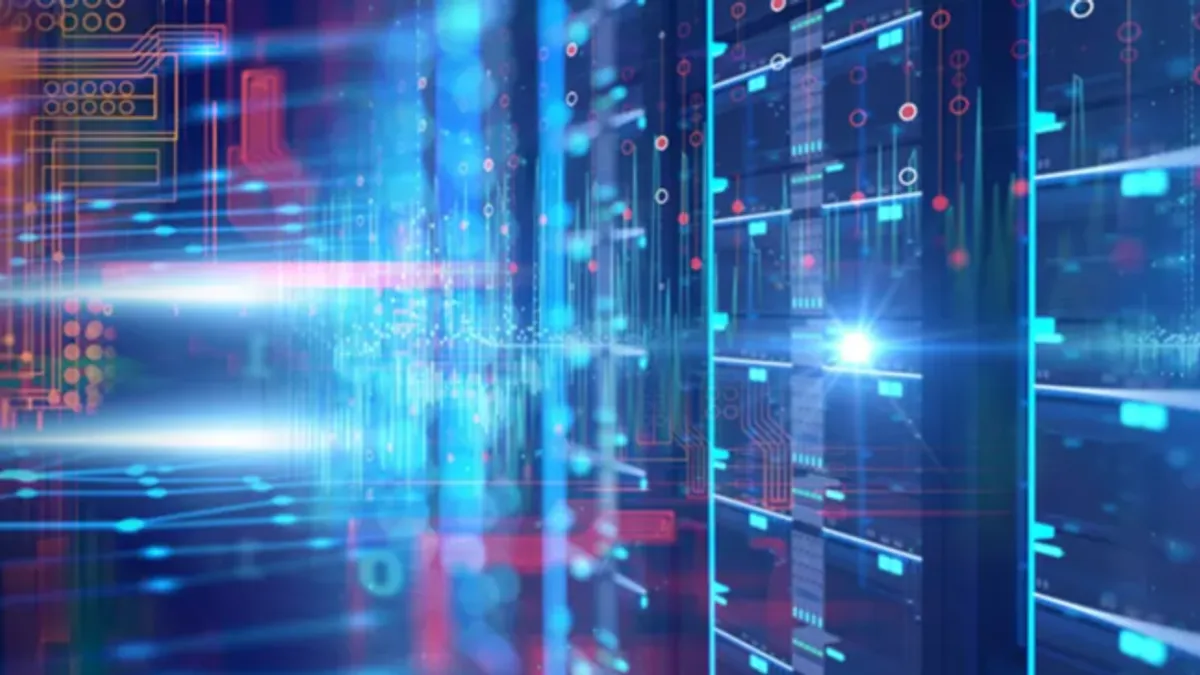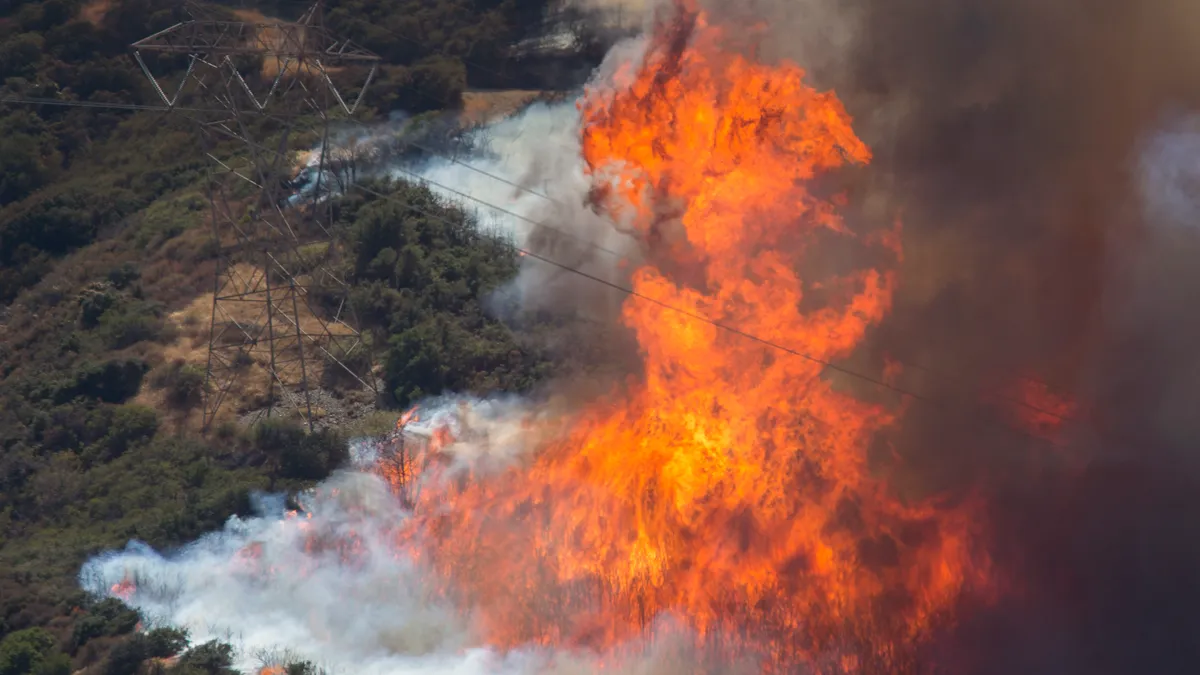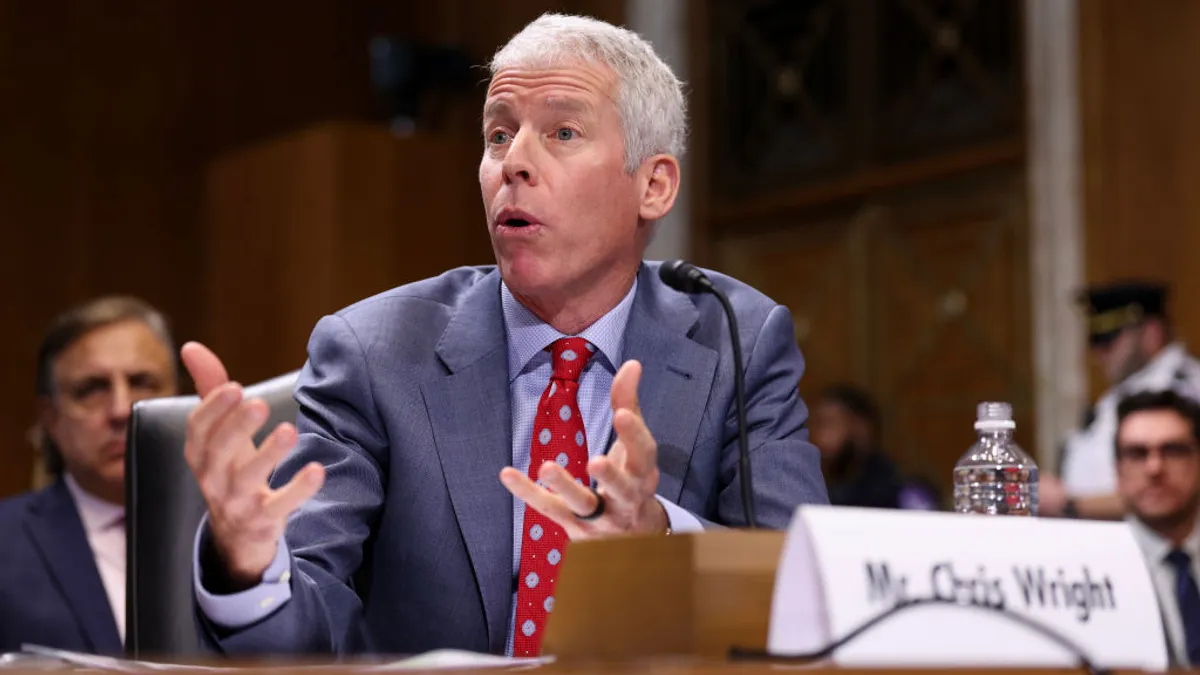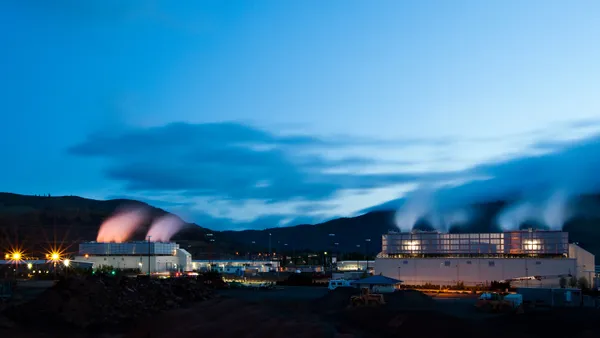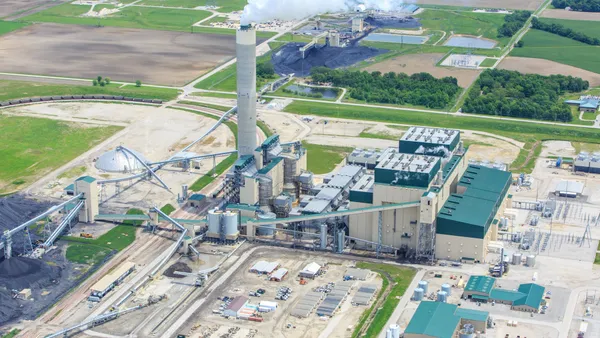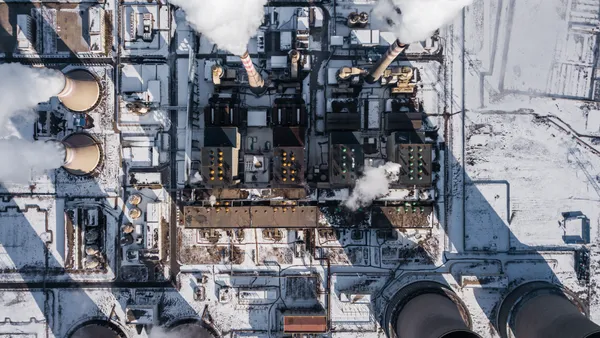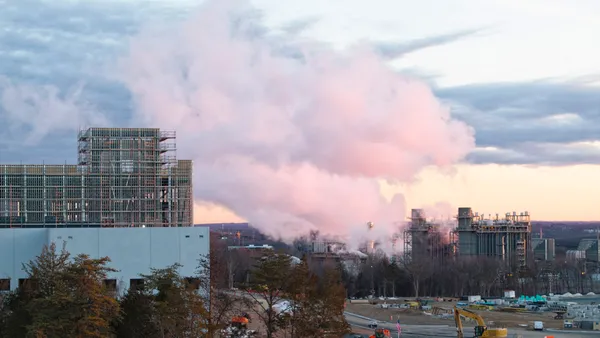Data centers consume 1-2% of the world’s electricity, and demands are only growing due to the rise of work from home and the growth in data consumption. Tremendous amounts of data are used to stream entertainment and engage in web conferences - all of which demand increased networking, processing and storage capacity.
Also, although roughly three billion people have access to the Internet globally, there are about 30 billion machines attached to the Internet. As more and more industries become digitalized, data centers have become essential beyond just delivering services to people, but for the sharing of data between machines.
Many giant tech companies at the heart of this exchange have aggressive sustainability goals, focused on carbon reduction. Microsoft announced plans to go carbon negative by 2030, and by 2050 plans to remove all the carbon the company has emitted since it was founded in 1975. With grid edge solutions such as microgrids and battery storage systems, as well as direct current (DC) power transmission, there are many opportunities for operators to maximize their use of renewable generation while reducing their use of fossil-fuel-based energy sources.
Major challenges in the industry
The challenges associated with the growth in data centers are manifold. First, they require large volumes of power, with high reliability and exceptional power quality. Meeting this demand can put significant pressure on power grids. In countries such as the Netherlands, Singapore and Ireland (where this sector consumes roughly 13% of the electricity on the network), authorities have at times halted the construction of data centers due to power requirements.
At the same time, key industry players are looking toward renewable energy as their primary electricity source, in keeping with their goal of minimizing carbon footprint. With so much demand on the grid amid the transition to clean energy, this can create conflicts. External pressures have pushed operators to consider new sources of renewable energy generation. They also need to ensure the availability of power continuously, which can present challenges due to the intermittency of renewable energy generation.
Data centers typically have several greenhouse gas contributors from construction to operations, including the diesel generators that provide backup power and the use of grid-connected fossil fuel generation sources for cooling, computing and other operations. Owners and operators of these facilities, as well as the contractors involved in constructing them, are looking to the energy industry to explore a variety of strategies to improve reliability, increase efficiency and drive sustainable practices as part of their energy management goals.
The aging grid and power disruptions
We’ve all heard about the aging grid—electrical infrastructure in many parts of the world is outdated and susceptible to power outages and disruptions as heatwaves and storms wreak havoc. Just last year, Australia suffered from devastating wildfires that tore through communities and as hurricane season approaches in the U.S., power outages become increasingly likely. Widespread adoption of microgrid technologies can help operators take more control of their power supply. Microgrids employ monitoring and energy storage capabilities to manage power locally, providing the ability to minimize the impact of regional power outages and disruptions. These systems, particularly when coupled with renewable generation sources like solar panels, wind turbines, or geothermal generators, can enable the transition away from traditional backup sources such as diesel generators. Investing in renewable energy to support their needs is a critical success factor.
Continue reading to discover creative strategies for power data centers sustainably

